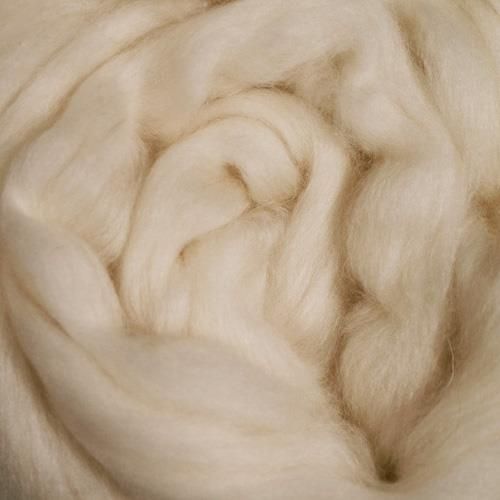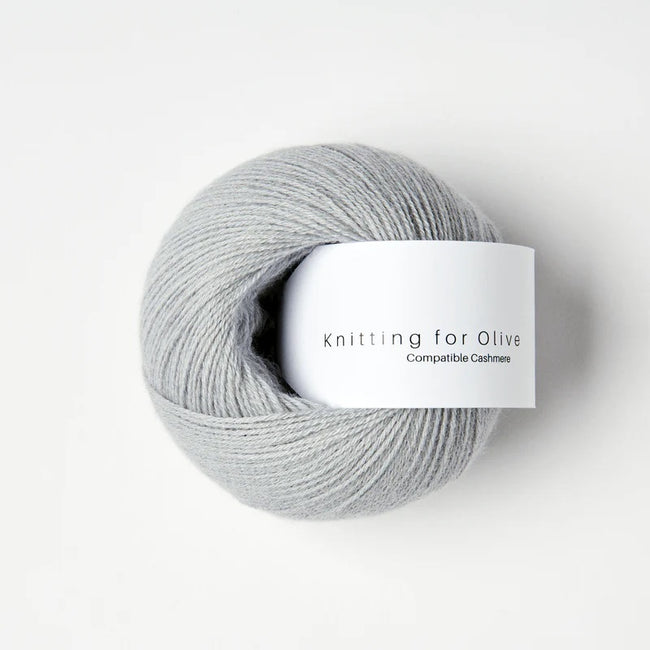What Is Cashmere and How Does It Compare to Other Fabrics?
Wiki Article
Understanding the Various Kinds of Cashmere an All-natural Fiber and Their Unique Benefits

The Beginnings of Cashmere: A Historical Review
While the elegant touch of cashmere proceeds to charm modern customers, its beginnings map back to the rough, cold environments of Mongolia and the Mountain ranges. For centuries, the indigenous individuals of these areas have actually been elevating Capra Hircus goats, the prime resource of cashmere wool. These goats, durable versus the serious winter seasons, grew a fine undercoat to endure, which later came to be referred to as cashmere. The name itself admires Kashmir, an area in India where the wool was initially processed. Much of the very early cashmere trade route was facilitated by the Silk Road, attaching Asia with the Center East and Europe. In spite of its global spread, the finest cashmere is still thought to stem from the original regions of Mongolia and the Mountain Ranges.

The Production Process: From Goat to Garment
Shearing a Capra Hircus goat notes the inception of the complex cashmere production process. The resultant raw cashmere is after that cleaned to remove pollutants such as grease, veggie, and dirt matter.The tidy fiber goes through coloring, rotating, and weaving, or knitting, to change it into a material. Complex procedures such as quality control checks and ending up procedures adhere to, guaranteeing completion product maintains the elegant requirement expected of cashmere. This meticulous procedure, from goat to garment, validates the high price connected to cashmere items, making them a symbol of luxury and improvement.
The Numerous Kinds Of Cashmere: A Thorough Analysis

The Distinct Advantages of Cashmere: Convenience and Sustainability
Moving from the selection of cashmere types to the advantages they provide, comfort and sustainability stand out plainly. Cashmere, an all-natural fiber, is renowned for its unrivaled softness, giving a level of convenience that synthetic fibers can't match.When it pertains to sustainability, cashmere is eco-friendly and eco-friendly, as it's collected from cashmere goats who regrow their coats yearly. what is cashmere. Unlike synthetic fibers which can take hundreds of years to break down, cashmere's effect on the atmosphere is marginal. This mix of comfort and sustainability makes cashmere a helpful choice for aware consumers

Taking Care Of Your Cashmere: Maintenance and Conservation Tips
While cashmere is certainly a elegant and sustainable choice, it needs specific like keep its top quality cashmere and prolong its lifespan. To start, cashmere need to be hand cleaned making use of chilly water and a mild cleaning agent. Prevent turning or wringing the garment as it can damage the fibers. Instead, gently eject excess water and lay it level on a towel to dry. Additionally, cashmere items ought to be stored in a completely dry and trendy area, away from direct sunlight and moisture. Using moth repellents can shield these garments from possible damage. Last but not least, it's advisable to avoid hanging cashmere to prevent extending. Rather, fold and store them effectively to maintain their shape and quality over time.
Investing in Cashmere: Understanding Its Worth and Well Worth
Although cashmere might at first appear like a costly investment, its lasting value and worth become apparent when you consider its impressive qualities. Recognized for its unparalleled gentleness and heat, cashmere is a costs natural fiber that outmatches various other products. Spending in cashmere, consequently, is not simply about present fashion fads, however regarding accepting a lasting, lasting, and glamorous way of life.Conclusion
In summary, the kind of cashmere one picks, be it Mongolian, Chinese, or Italian, is determined by individual choices for warmth, budget, high-end, and sustainability. The value of cashmere prolongs beyond its price, with comfort and durability adding to its well worth. Proper treatment and maintenance can guarantee its preservation. Comprehending the beginnings, production procedure, and distinct benefits of different types of cashmere can lead consumers in their financial investment in this lavish all-natural fiber.Whether it's the phenomenal heat of Mongolian cashmere, the cost of Chinese cashmere, or the eco-conscious production of Italian cashmere, there's a tale to be found behind each fiber kind. Cashmere, a natural fiber, is renowned for its unmatched gentleness, offering a level of convenience that artificial fibers can not match.When it comes to sustainability, cashmere is eco-friendly and naturally degradable, as it's harvested from cashmere goats that regrow their coats yearly. Known for its exceptional softness and warmth, cashmere is a premium all-natural fiber that outperforms other materials. Comprehending the beginnings, manufacturing process, and unique benefits of various types of cashmere can assist consumers in their investment in this extravagant all-natural fiber.
Report this wiki page